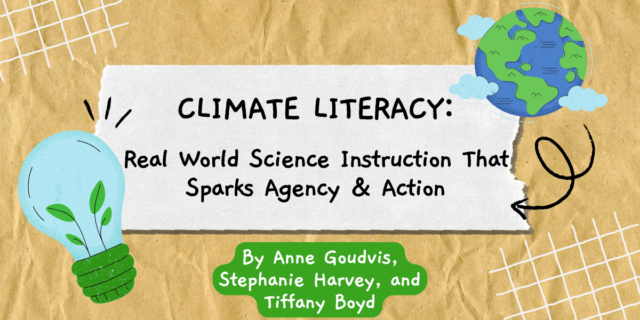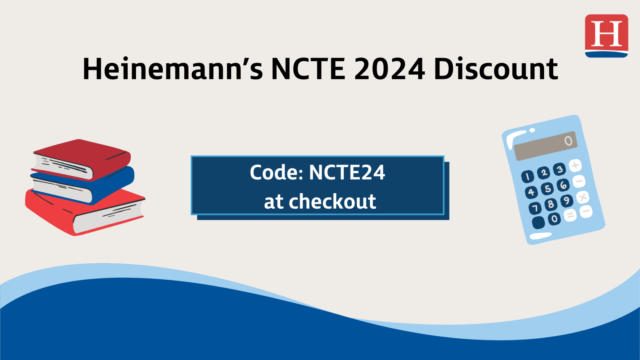
Comprehension instruction centers on the kinds of thinking proficient readers use to understand what they read. Kids need a repertoire of strategies that allows them to read a text and work out their thinking to construct meaning.
We teach kids six research-based comprehension strategies that are part of an effective reader’s mental toolkit (Duke 2011 Pearson et al 1992).
Comprehension instruction centers on the kinds of thinking proficient readers use to understand what they read. Kids need a repertoire of strategies that allows them to read a text and work out their thinking to construct meaning.
We teach kids six research-based comprehension strategies that are part of an effective reader’s mental toolkit (Duke 2011 Pearson et al 1992).
Six Comprehension Strategies
|
Monitor Comprehension |
• Listen to the inner voice and follow the inner conversation • Learn new information and leave tracks of thinking |
|
Activate and Connect to Background Knowledge |
• Connect the new to the known • Use background knowledge to inform reading • Recognize misconceptions and revise thinking in light of new evidence |
|
Ask Questions |
• Question to acquire information and clarify confusion • Investigate and do further research • Interpret and analyze information and ideas |
|
Infer and Visualize |
• Infer themes, ideas and issues based on text evidence • Analyze and make meaning from graphic and text features • Draw conclusions from text clues |
|
Determine Importance |
• Construct main ideas from supporting details • Sift and sort important information from interesting details • Distinguish between what the reader thinks versus what the author wants the reader to understand |
|
Summarize and Synthesize |
• Read to get the gist • Evaluate claims and supporting evidence • Generate new knowledge and insights |
A reminder: It’s not about strategies for strategies sake. We view these strategies as tools to understanding rather than an end in themselves. In other words, we don’t teach kids to make connections so they are the best connectors in the room! We teach them to make connections so they better understand what they read.
In fact, whenever a reader says:
I have a connection . . .
|
I wonder . . .
|
I'm referring . . .
|
We like to follow up with:
How does that help you understand?
|
What did you learn from that?
|
Interactive Read Aloud: A Powerful Way to Teach Comprehension
In an interactive read aloud (whether it’s a picture book, a poem, or an article) the teacher and students co-construct meaning as the teacher reads aloud. Interactive read alouds are all about listening comprehension—which makes them an ideal instructional technique for readers who need a lot of support and scaffolding. (We often refer to these students as striving readers.)
When we created The Comprehension Toolkit, we included interactive read aloud lessons for this exact reason. We provide a great deal of support to help teachers use interactive read alouds most effectively. Imagine your students listening attentively with clipboards and pencils as you read. As you model your thinking and talk about the text, the kids interact with each other and jot down and draw their thinking. Both you and your students share ideas. We co-construct meaning in large groups and small groups through discussion as kids interact with each other during the reading. We process the information together throughout the read aloud rather than simply at the end.
Imagine your students listening attentively with clipboards and pencils as you read. As you model your thinking and talk about the text, the kids interact with each other and jot down and draw their thinking. Both you and your students share ideas. We co-construct meaning in large groups and small groups through discussion as kids interact with each other during the reading. We process the information together throughout the read aloud rather than simply at the end.
During the interactive read aloud, we often discuss open ended questions. This gives kids the opportunity to develop a line of thinking about narratives as well as informational text. We model how to be open to a variety of interpretations. This collaborative conversation encourages kids to explore the text and expand their thinking about the ideas and issues at hand. Interactive read alouds build a community of readers where everyone’s voices and opinions are heard and valued.
In addition, interactive read aloud is a powerful instructional technique for remote learning as well. The teacher shares her screen and models her thinking while reading the text as kids jot their thoughts down. She stops sharing the screen and invites kids to come together to share their questions, inferences and ideas about the text.
The Comprehension Toolkit provides guidance and resources for using interactive read alouds in any classroom. Ready-to-use lessons and a carefully curated set of lesson texts provide support that can meet the needs of new and experienced teachers.
👉 Learn more at ComprehensionToolkit.com.
|

Steph Harvey and Anne Goudvis are the coauthors of Strategies That Work, Inquiry Illuminated, The Comprehension Toolkit Series and Short Nonfiction for American History. Teachers first and foremost, they work in classrooms side by side with kids supporting teachers in progressive literacy practices.



